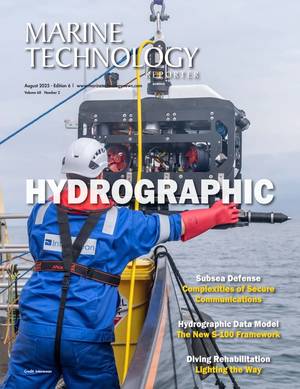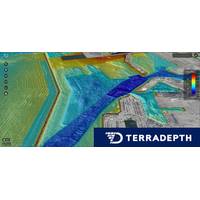
Terradepth Achieves IHO Special Order Standard for Seabed Mapping Accuracy
stringent international standards for hydrographic accuracy. The survey took place in approximately 80 meters of water, 60 miles offshore in the Gulf of America, a region affected by hurricanes and subsea infrastructure development. Despite the absence of local tide stations or buoys, European Remote Sensing (ERS) satellite radar was used to correct for tidal variations, demonstrating a fully autonomous and low-logistics survey approach.The IHO S-44 Special Order standard relates to areas where underkeel clearance is critical. Therefore, 100% feature search and 100% bathymetric coverage are required

Schmidt Sciences Awards $45M to Carbon Cycle Research
observing missions in the Southern Ocean.Rapid Permafrost Thaw Carbon Trajectories (PeTCaT)Led by: Guido Grosse, Alfred Wegener Institute, GermanyPeTCaT will quantify the impact of permafrost thaw in Arctic and Boreal ecosystems on greenhouse gas budgets globally, using field and lab studies, remote sensing, deep learning and Earth system modeling to examine the vulnerability of Earth’s largest land carbon pool
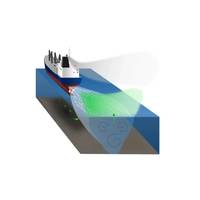
Study: Ships Trigger Ocean Methane Emissions
."The discovery of the hitherto unknown impact of ships is important for improving global estimates of methane emissions, not least considering that nine of the world's 10 largest ports are located in waters with similar conditions as Neva Bay," says Johan Mellqvist, Professor of Optical Remote Sensing, Chalmers, whose group made the unexpected discovery that forms the basis for the new results.Two of the largest ship types, cruise and container ships, triggered the most frequent and largest measured methane releases, but slightly smaller ropax vessels (combined freight and passenger ferries)

Edible Aquatic Robot Could Collect Environmental Data
polymers and electronics.The EPFL team plans to deploy the robots in large numbers. Each device would be equipped with biodegradable sensors to collect environmental data such as water pH, temperature, pollutants and the presence of microorganisms, which could be read after collection or via remote sensing.The work is the latest innovation in the burgeoning field of edible robotics and robotic feeding. The Intelligent Systems Laboratory has previously published several papers on edible devices, including edible soft actuators as food and pet food manipulators, edible control circuits and edible
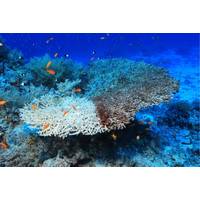
The Future of Coral Reef Protection
help save the world’s coral reefs from further decline, primarily caused by bleaching as a result of global warming. In the past two years, 75% of coral reefs worldwide have experienced bleaching-level heat stress.A collaborative project led by the University of South Australia is integrating remote sensing technologies with machine learning, AI and Geographic Information Systems (GIS) to monitor the damage.A multimodal platform will distil all research data relating to coral reefs, including underwater videos and photographs, satellite images, text files and time-sensor readings, onto a central
NOC Secures £11M for Early Warning Systems
pioneering technology, we will lead and collaborate on multiple projects to enhance our ability to detect early warning signs and better understand the future of our changing ocean."The NOC-led projects, which are subject to final contract negotiation, are Full Ocean Fibre, Aerial Experimental Remote sensing of Ocean Salinity, heaT, Advection and Thermohaline Shifts (AEROSTATS), and Subpolar gyre Observations, models, and artificial intelligence to Resolve Tipping points and provide Early warning Detection (SORTED). Full Ocean Fibre, with partner National Physical Laboratory, will target the
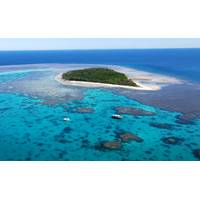
Integrated Data System for Coral Reefs Enables AI Analysis
Great Barrier Reef (GBR) has been decimated by severe bleaching events since 2016, exacerbated by ongoing crown-of-thorns starfish outbreaks and coastal development.A collaborative project led by the University of South Australia, with input from Queensland and Victorian researchers, is integrating remote sensing technologies with machine learning, AI and Geographic Information Systems (GIS) to monitor and hopefully stall the damage.A multimodal platform will distil all research data relating to coral reefs, including underwater videos and photographs, satellite images, text files and time-sensor readings
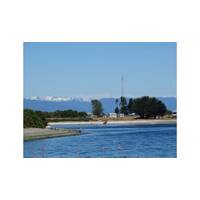
Eyesea and SalmonChile Successfully Complete Patagonia Coastal Waste Monitoring Pilot Using Satellite Spectrometry
concentrations over enormous areas using satellite image spectrometry. As a result, our partners and local communities can better organize clean-up work.” The project utilized satellite spectrometry from Eyesea’s partner, Grundo.io, to establish contamination baselines, calibrating remote sensing data with on-the-ground findings.The generated heat maps enabled targeted cleanup efforts by identifying high-accumulation zones, streamlining resource allocation, and improving response strategies. According to the final report, the pilot confirmed the system’s viability for scaling waste
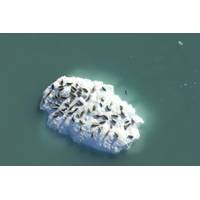
Seals Have Preferences for Different Icebergs
and freshwater runoff streaming from the base of the glacier. Called a plume, this jet of water is more buoyant than the salty ocean water in the fjord. The plume brings plankton and fish to the surface, creating a moving buffet that seals can snack on from icebergs. The researchers used remote sensing data to find the plume and compared it to where icebergs and seals are during the pupping season in June and molting season in August. They found that during the pupping season, seals that were out of the water generally could be found on slower-moving icebergs, with speeds slower than 7-8 inches

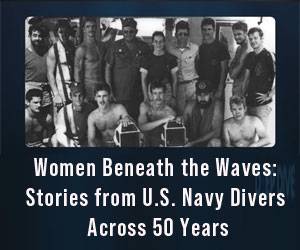
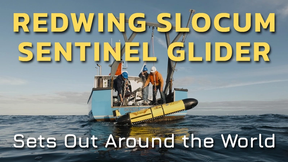
 August 2025
August 2025
